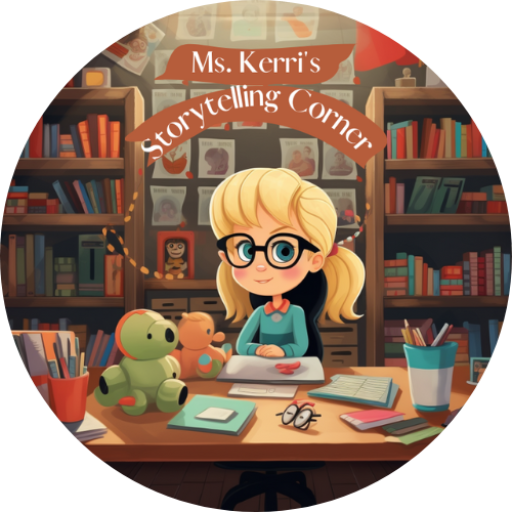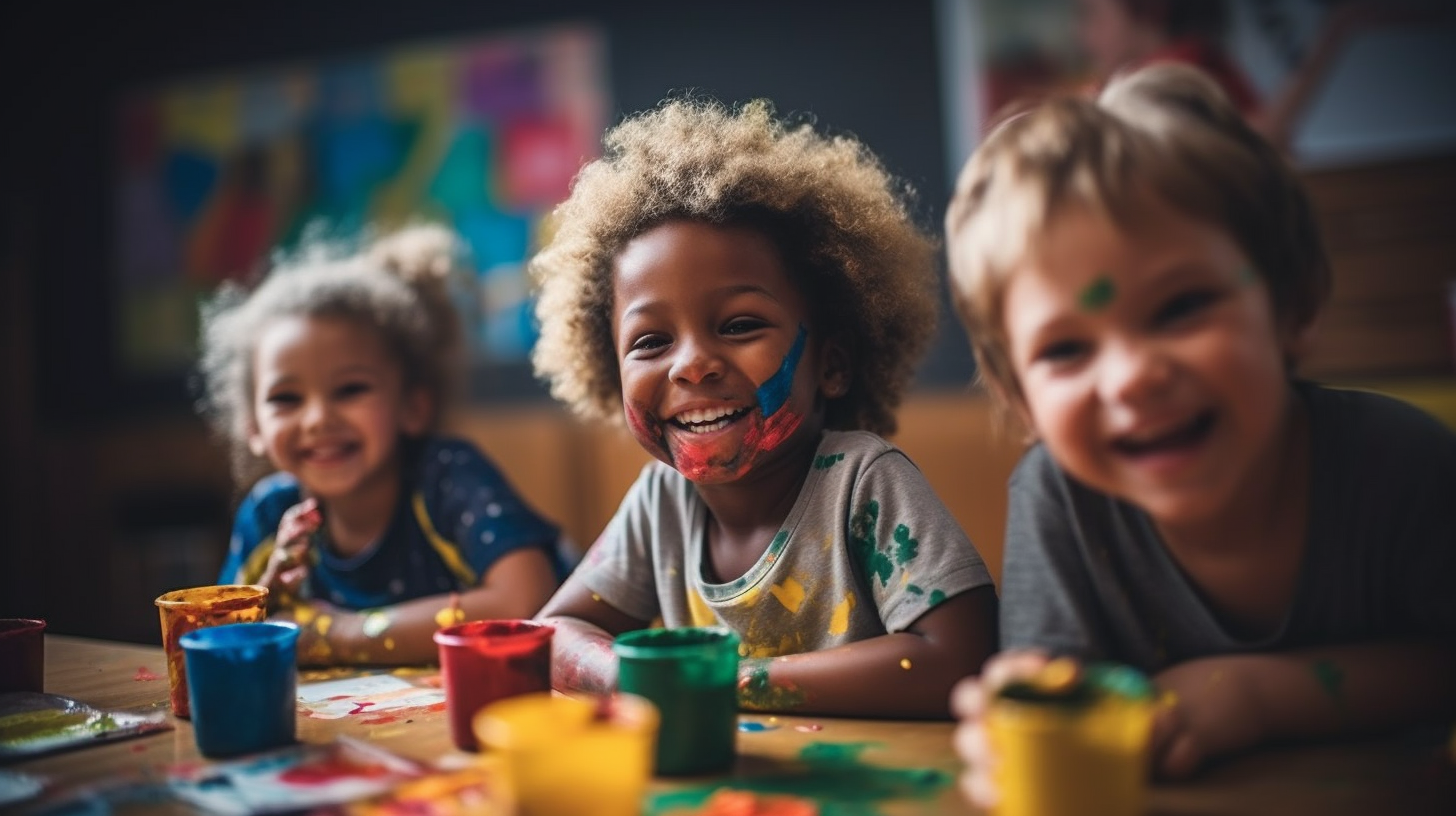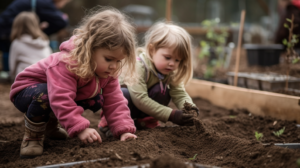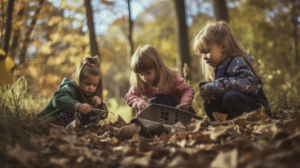The Montessori Method, with its unique approach to education, empowers children to become independent learners and thinkers. By creating environments that foster self-sufficiency, encouraging educators to act as facilitators, and extending Montessori principles to home settings, children are equipped with the skills to navigate their learning journeys with confidence. This article delves into the practical applications of the Montessori Method in nurturing independence in young minds.
Key Takeaways
- The Montessori environment is intentionally designed to promote independence, offering children the freedom to choose activities and move freely.
- Montessori educators serve as guides, observing and supporting children’s natural development, while fostering peer collaboration.
- Incorporating Montessori principles at home, through practical life activities and consistent routines, reinforces the child’s sense of independence.
- The Montessori curriculum integrates academic subjects with life skills, nurturing creativity, critical thinking, and individualized learning.
- Montessori education emphasizes the development of the whole child, focusing on building confidence, respect, and a lifelong love for learning.
Cultivating Self-Sufficiency: The Role of the Montessori Environment
Designing Spaces for Independence
In the Montessori method, the environment is a key teacher. Children thrive in spaces designed for autonomy. These spaces invite curiosity and foster self-reliance, setting the stage for a lifetime of learning.
- Accessible shelves with age-appropriate materials
- Low sinks and child-sized furniture
- Open floor plans that encourage movement and choice
An environment tailored to the child’s size and abilities empowers them to take charge of their learning journey.
Remember, the goal is not just to create a space, but to cultivate a mindset. A Montessori-inspired nursery is more than a room; it’s a space for growth and nurturing development from the start.
The Significance of Choice and Movement
Freedom of choice is a cornerstone of the Montessori philosophy. It empowers children to follow their natural curiosity and take charge of their learning journey. By selecting activities that resonate with their interests, children develop a sense of autonomy and engagement.
Movement is equally vital, intertwining with cognitive development. Maria Montessori observed that movement enhances learning, a notion supported by modern studies. Children’s ability to absorb and retain information is heightened when they are physically active.
In a Montessori setting, the classroom itself is an invitation to explore. Every element is designed to encourage both choice and movement, fostering an environment where children can thrive.
- Encourages self-directed learning
- Promotes physical and cognitive development
- Builds confidence and decision-making skills
By integrating choice and movement into daily activities, Montessori education cultivates independent, well-rounded individuals.
Materials That Encourage Exploration
In the Montessori environment, materials are not just tools; they are invitations to the world of exploration. Open-ended resources spark imagination, allowing children to dive into a realm of creativity and problem-solving. These materials, ranging from simple paper and pencils to more complex items like micro photography equipment, are carefully selected to adapt to the children’s evolving interests.
- Embrace Nature: Utilize the outdoors as a dynamic classroom.
- Offer Variety: Provide a spectrum of materials for diverse experiences.
- Encourage Strategy: Introduce games that challenge cognitive skills.
By offering a variety of materials, we create a landscape where children can navigate their learning journey, making discoveries at their own pace.
The Curiosity Approach emphasizes the importance of an environment that melds recycled materials with thoughtful lighting and soft furnishings, crafting a serene space conducive to learning. This holistic setup ensures that every child finds a pathway to engage their curiosity and develop resilience.
Guiding Young Learners: Montessori Educators as Facilitators
The Art of Observation and Support
Observation is the cornerstone of the Montessori educator’s role. By attentively watching, teachers discern each child’s interests, strengths, and areas for growth. This attunement allows for tailored support that fosters independence and confidence.
- Watch and listen actively
- Identify individual needs
- Provide just-right challenges
Educators are not mere spectators but active participants in the learning journey, subtly guiding without leading.
Through this supportive presence, children feel empowered to take risks, make mistakes, and ultimately, learn deeply. The art of observation and support is a delicate balance, one that Montessori educators strive to perfect for the benefit of every child’s unique educational path.
Encouraging Peer Learning and Collaboration
In the Montessori classroom, the early learning journey is a shared adventure. Children learn from one another, fostering a community where knowledge flows freely. This approach aligns with the Montessori philosophy, where mixed-age groups enhance the learning experience.
- Peer-to-peer interactions spark curiosity and social development.
- Older students model behaviors and skills for younger peers.
- Collaborative projects unite diverse minds.
By nurturing a collaborative environment, children become both teachers and learners, embodying the essence of the Montessori Method.
The Montessori Approach not only supports early childhood learning but also empowers educators to become more attuned to the dynamics of the classroom. This synergy between students and guides cultivates a fertile ground for independence and growth.
Balancing Freedom with Structure
In the Montessori environment, freedom and structure coexist to foster a child’s independence while ensuring a sense of security. The balance is key, allowing children to explore within clear boundaries that guide their behavior and learning.
- Freedom: Encourages natural curiosity and motivation to learn.
- Structure: Provides the framework within which freedom flourishes.
Children thrive when they understand the limits and expectations. This clarity empowers them to make choices and engage deeply with their learning.
By carefully planning and tuning into the children’s thinking, educators can introduce provocations that inspire without overwhelming. The goal is to create an environment where children direct their own learning, supported by the scaffolding of the educator. This approach is not about volume or pace but about the quality of the learning experience.
Home and School Synergy: Extending Montessori Principles Beyond the Classroom
Practical Life Activities at Home
Montessori isn’t just a school-time endeavor; it thrives in the home environment. Bring the classroom home with simple, engaging preschool activities that mirror the Montessori approach.
- Pouring and scooping exercises
- Sorting and matching games
- Sensory exploration activities
These activities not only entertain but also instill valuable life skills. They are the building blocks of self-reliance, teaching children to manage tasks independently and with confidence.
Embrace everyday moments as opportunities for growth. Transform routine tasks into teachable moments, fostering a sense of accomplishment and joy in learning.
Remember, the goal is to encourage exploration and a love for learning that lasts a lifetime. Start small, with activities that resonate with your child, and watch their independence flourish.
Consistency in Routines and Expectations
Establishing a rhythm in the Montessori home mirrors the classroom’s structure, fostering a seamless transition for the child. Consistent routines empower children, providing a sense of security and predictability. This consistency aids in internalizing time management and self-discipline, crucial for independence.
- Morning rituals set the tone for the day
- Scheduled meal times reinforce healthy habits
- Evening routines signal time to unwind
By embedding these routines into daily life, children learn to anticipate and prepare for what comes next, reinforcing their ability to self-regulate and manage their own activities.
The Montessori approach extends beyond academic learning, emphasizing life skills that form the foundation of a well-rounded individual. It’s about nurturing a child’s natural curiosity and providing the tools for them to explore and learn at their own pace.
Parental Involvement and Education
The journey of Montessori parenting is a partnership, where the home becomes an extension of the classroom. Parents play a pivotal role in reinforcing the Montessori principles, ensuring a seamless learning experience for their child.
- Modeling behavior: Children imitate, so exhibit the independence and respect you wish to see.
- Consistent routines: Establish and maintain routines that align with Montessori values.
- Engaged learning: Participate in educational activities that promote curiosity and growth.
By integrating Montessori concepts into daily life, parents create a nurturing environment that fosters lifelong learning.
Remember, your involvement is not just beneficial—it’s essential. The impact of a parent’s support is profound, echoing through their child’s academic journey and beyond.
Embracing the Montessori Curriculum: A Holistic Approach to Education
Integrating Core Subjects with Real-Life Skills
In the Montessori classroom, every lesson is a step towards real-world application. Core subjects are not taught in isolation; instead, they intertwine with practical life skills, fostering a seamless transition from theory to practice. Students learn to apply mathematical concepts through cooking, understand science by tending to a garden, and grasp geography by mapping their own community.
- Mathematics: Measuring ingredients, budgeting expenses
- Science: Observing plant growth, conducting experiments
- Language: Writing letters, reading instructions
- Geography: Creating maps, studying cultures
The Montessori method is about making education relevant and alive. It’s about preparing children not just for the next grade, but for life itself.
By integrating core subjects with hands-on experiences, children develop a love for learning that transcends the classroom. They become inquisitive, capable individuals who view education as a joyful, lifelong journey.
Fostering Creativity and Critical Thinking
In the Montessori environment, fostering creativity and critical thinking is paramount. Encouraging a child’s natural curiosity is the cornerstone of cognitive learning. By modeling curiosity and embracing their questions, we lay the foundation for a lifetime of exploration and innovation.
To truly nurture creative minds, provide open-ended materials that challenge and inspire. These tools are the keys to unlocking a child’s potential, allowing them to express themselves and solve problems in unique ways.
- Model Curiosity: Demonstrate inquisitiveness and a passion for discovery.
- Encourage Questioning: Support open-ended inquiries that lead to deeper understanding.
- Facilitate Finding Answers: Guide children to resources that help them explore their world.
Remember, the goal is not to provide answers, but to create an environment where children are empowered to find them. This approach not only enhances creativity but also bolsters resilience and cognitive development.
Assessment and Individualized Learning Plans
In the Montessori approach, assessment is not a one-size-fits-all process. It’s a dynamic, ongoing conversation between learner and educator, tailored to each child’s journey. Montessori lesson plans are crafted with a deep understanding of each child’s unique developmental stage, interests, and learning style, ensuring that each step on the educational path is meaningful and relevant.
Embracing project-based learning for children allows for a practical, hands-on approach to assessment. This method aligns with the Montessori philosophy of active, self-directed learning and shares similarities with the Reggio Emilia approach, which also values the child’s voice and perspective in their learning process.
To effectively track progress and adapt to each child’s needs, consider the following:
- Use clear, observable outcomes to measure growth.
- Apply a color-coded system (Red for ‘Beginning To’, Amber for ‘Making Good Progress’, Green for ‘Achieved’) to visualize progress at a glance.
- Reflect regularly on the learning journey, incorporating the child’s voice and experiences.
By integrating these strategies, educators can create a nurturing environment that respects and responds to the individuality of each learner.
Discover the transformative power of the Montessori Curriculum with our holistic approach to education. At Ms. Kerri’s Story Telling Corner, we provide a treasure trove of resources that align with the Montessori philosophy, fostering independence, curiosity, and a lifelong love of learning in your child. Dive into our engaging content, from interactive storytime sessions to Montessori-inspired activities, and watch your child thrive. Visit our website now to explore our educational offerings and join our community of passionate educators and parents!
Conclusion
Embracing the Montessori Method is a transformative journey for both educators and students. It is a path that leads to the nurturing of independent, confident, and creative thinkers who are equipped to navigate the complexities of the world with grace and competence. By fostering an environment that respects individuality and promotes self-directed learning, Montessori education empowers children to reach their full potential. As we have seen through various examples and insights, the Montessori approach is not just about academic success; it’s about cultivating a lifelong love for learning and a robust foundation for personal growth. Whether in the classroom or at home, the principles of Montessori can be integrated to support a child’s journey towards independence and self-discovery, ensuring that the seeds of curiosity and resilience planted today will flourish into the achievements of tomorrow.
Frequently Asked Questions
What is the Montessori Method and how does it foster independence?
The Montessori Method is an educational approach developed by Dr. Maria Montessori, emphasizing self-directed learning, hands-on discovery, and collaborative play in a prepared environment. It fosters independence by allowing children to choose their activities and work at their own pace, encouraging exploration, decision-making, and problem-solving skills.
How is the Montessori environment designed to promote self-sufficiency?
Montessori environments are designed to be child-centered, with furniture and materials that are easily accessible and sized appropriately for children. This setup encourages them to move freely, select their work, and take care of their own needs with minimal adult intervention, thus promoting self-sufficiency.
What role do Montessori educators play in the classroom?
Montessori educators act as facilitators or guides rather than traditional teachers. They observe each child’s interests and developmental stage, present new materials at appropriate times, and support the children in their learning journey rather than directing it, allowing for a more personalized learning experience.
How can Montessori principles be applied at home?
Parents can extend Montessori principles at home by providing a prepared environment with accessible resources, encouraging practical life activities like cooking and cleaning, maintaining consistent routines, and allowing children to make choices and take part in decision-making processes.
What does the Montessori curriculum include, and how does it differ from traditional education?
The Montessori curriculum is holistic, integrating core subjects like math, language, and science with practical life skills. It differs from traditional education by focusing on hands-on learning, mixed-age classrooms, and individualized learning plans that respect each child’s unique pace of development.
How are children’s progress and development assessed in Montessori schools?
Montessori schools assess children’s progress through observation and documentation rather than traditional grades. Educators track the development of skills, mastery of materials, and cognitive and social growth, providing feedback to parents and adjusting learning plans to support individual needs.


Ms. Kerri’s Corner provides a exciting virtual space for preschool learning. Through a variety of engaging activities, she exposes young minds to early math, literacy, science and social-emotional skills in a developmentally appropriate way. Centers for blocks, art, books and music allow children to explore hands-on learning at their own pace. Guided lessons subtly introduce number sense, letter sounds and narrative thinking. Careful observation gives insight into each child’s progress across domains. Viewers are also invited to participate, reinforcing that their ideas are valued. By making learning fun yet purposeful, Ms. Kerri lays the groundwork for future academic success while fostering creativity and imagination. Her program offers preschoolers valuable screen-based learning experiences.









